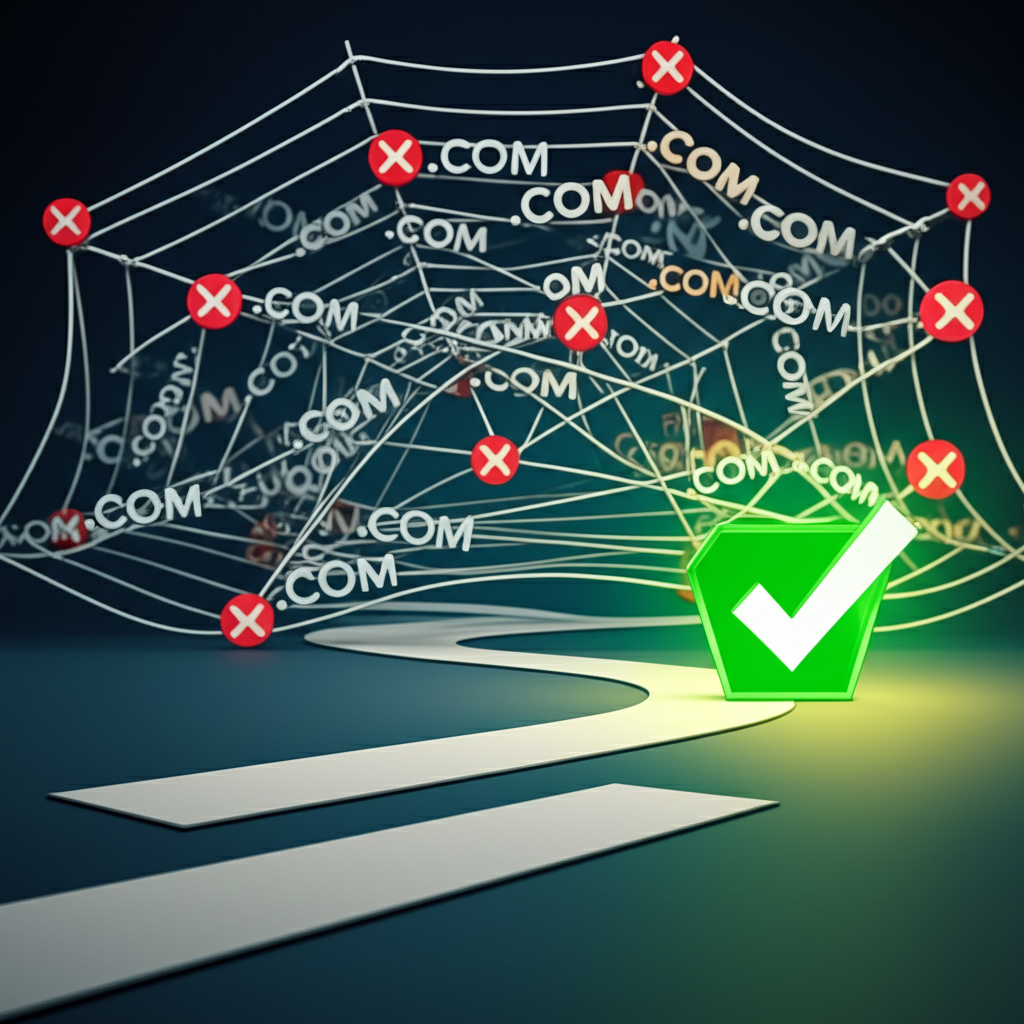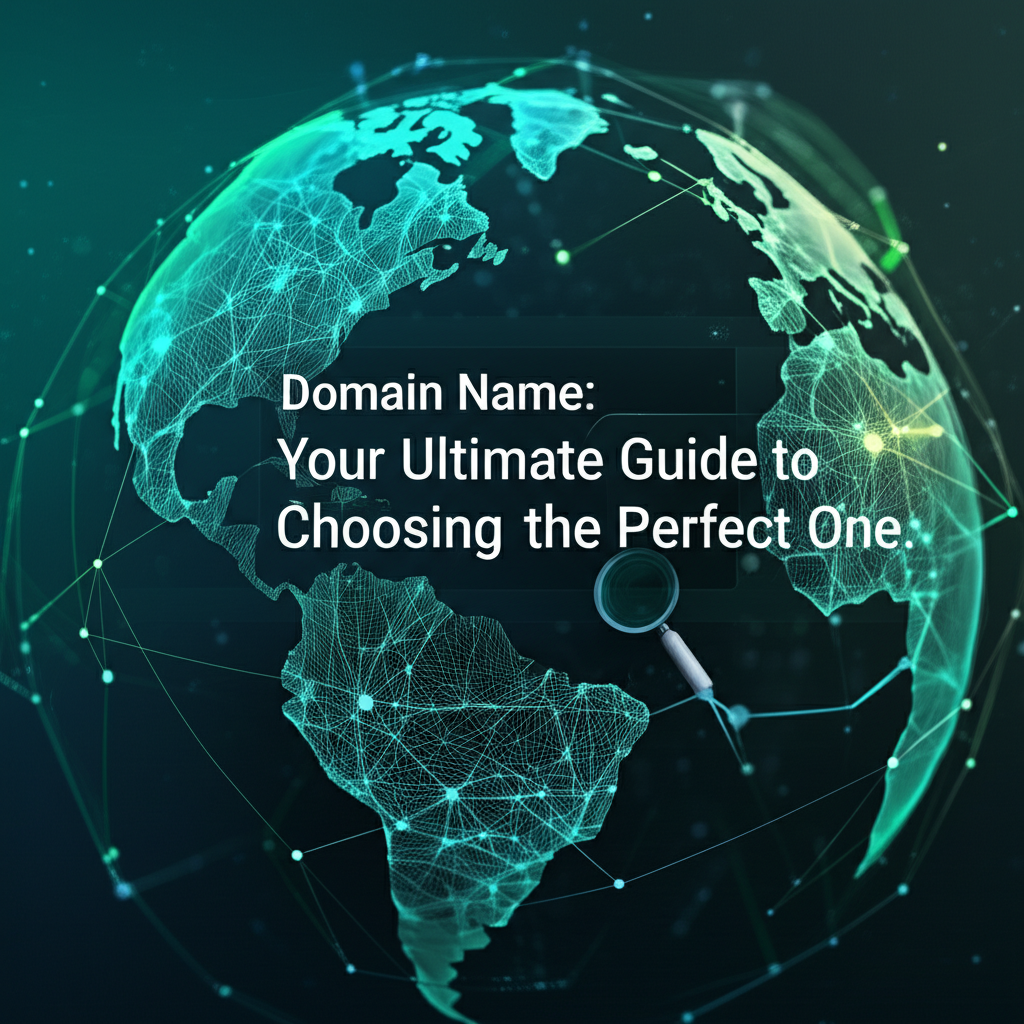- Why Brand Protection Matters in the Digital Age
- Common Threats to Your Brand Online
- Brand Protection Through Domain Extensions: A Proactive Approach
- Protecting Your Brand Identity with Multiple Extensions
- Enhancing User Experience and Building Trust through Domain Variety
- Expanding Your Reach and Targeting Specific Demographics with Domain Extensions
- How to Implement a Multi-Domain Brand Protection Strategy
Brand Protection: Buy Multiple Domain Extensions Now
Brand protection is paramount in today’s digital landscape. Safeguarding your brand’s online presence is no longer a luxury, but a necessity. One crucial step in achieving comprehensive brand protection is securing multiple domain extensions. Failing to do so leaves your brand vulnerable to cybersquatting, brandjacking, and lost revenue. By proactively registering various domain extensions, you build a defensive wall around your brand identity and ensure its longevity.
Why Brand Protection Matters in the Digital Age

In an increasingly interconnected world, your online presence is often the first interaction a customer has with your brand. This first impression is critical and easily influenced by factors beyond your direct control. A negative experience, even indirectly related to your brand, can severely damage reputation and consumer trust. Brand protection strategies mitigate these risks, allowing you to control the narrative surrounding your brand.
Common Threats to Your Brand Online
Several online threats necessitate proactive brand protection measures. Understanding these dangers empowers you to implement effective safeguards. Among the most prevalent threats are:
Cybersquatting: This involves registering domain names similar to your brand name, often with malicious intent. Cybersquatters may attempt to sell these domains back to you at inflated prices, redirect traffic to competitor websites, or even use them for phishing scams, damaging your reputation.
Brandjacking: Similar to cybersquatting, brandjacking utilizes social media and other platforms to impersonate your brand. This can lead to misinformation, customer confusion, and damage to your brand’s credibility.
Typo-squatting: This tactic capitalizes on common spelling errors users might make when entering your domain name. Typo-squatters register domains with slight misspellings, hoping to intercept traffic intended for your website and potentially expose users to malware or phishing attempts.
Loss of Revenue: When customers inadvertently land on competitor websites or illegitimate versions of your site, you lose valuable sales and potential leads. This can significantly impact your bottom line and hinder your growth potential.
Brand Protection Through Domain Extensions: A Proactive Approach
Securing multiple domain extensions goes beyond simply owning your primary .com address. It’s a strategic move that provides several crucial benefits:
Protecting Your Brand Identity with Multiple Extensions
Registering variations of your domain name, including different extensions like .net, .org, .co, and country-specific TLDs (top-level domains), prevents competitors or malicious actors from capitalizing on your brand’s recognition. This comprehensive approach creates a protective barrier, limiting opportunities for others to exploit your brand identity.
Enhancing User Experience and Building Trust through Domain Variety
Owning multiple domain extensions allows you to redirect all variations to your primary website, ensuring a seamless user experience. If a customer mistakenly types in a slightly different domain extension, they will still reach your intended website, preventing frustration and maintaining a professional image. This also builds trust with your audience, assuring them they’re interacting with the legitimate brand.
Expanding Your Reach and Targeting Specific Demographics with Domain Extensions
Country-specific TLDs, like .uk, .ca, or .de, are particularly valuable for businesses operating internationally. Using these extensions allows you to target specific regions, enhancing your local SEO and connecting with regional audiences more effectively. This tailored approach demonstrates a commitment to the local market and can significantly boost your brand’s presence in those areas.
How to Implement a Multi-Domain Brand Protection Strategy
Putting this strategy into action requires a methodical approach. Here’s how to get started:
1. Identify Key Domain Extensions: Begin by brainstorming relevant extensions beyond .com. Consider variations of your brand name, industry-specific extensions, and country-specific TLDs based on your target markets.
2. Conduct a Thorough Search: Check the availability of your chosen domain extensions. Utilize reputable domain registrars to determine which extensions are available and their associated costs.
3. Register Your Chosen Domains: Once you’ve identified available extensions, register them promptly to secure your brand’s online presence. Consider using a domain management service to streamline the process and efficiently manage all your registered domains.
4. Set Up Redirects: Configure 301 redirects from all your secondary domains to your primary website. This ensures users seamlessly reach your intended content, regardless of the domain extension they use.
5. Regularly Monitor Your Domains: Continuously monitor your registered domains for any unauthorized activity or potential issues. This proactive approach allows you to address problems quickly and maintain control over your brand’s online presence.
By investing in a robust domain strategy, you’re making a valuable investment in your brand’s future. Protecting your brand online is not a one-time task but an ongoing commitment that requires vigilance and strategic planning. Securing multiple domain extensions now is a crucial step in safeguarding your brand’s reputation, building customer trust, and ensuring long-term success in the digital marketplace.















Leave a Reply